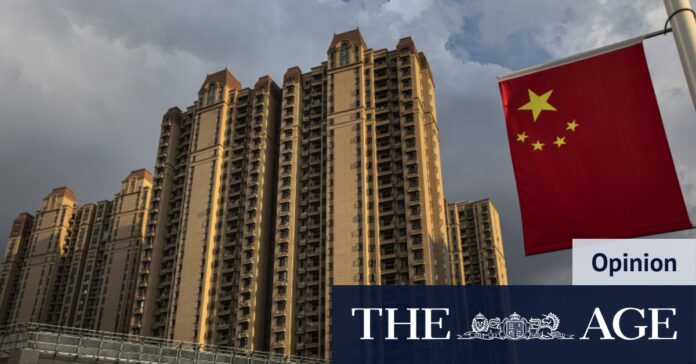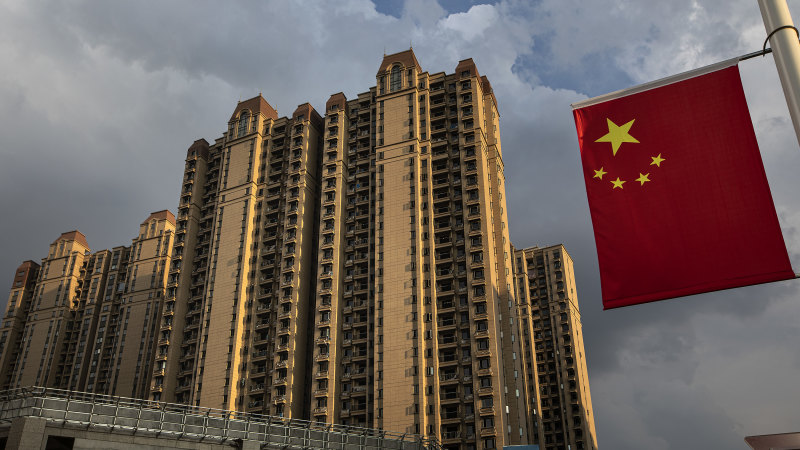[ad_1]
Finally, copper wiring, glass windows and aluminium framing are added, at which point a housing completion is recorded. Sales can occur at any point of this process, and even before ground-breaking or after a building is finished.
Loading
It’s common to assume that housing starts and sales are the best measure of activity in China. But in recent years, it is housing completions that appear to be tracking more closely to commodities demand.
Home sales and starts trace a boom-and-bust pattern that’s far more dramatic than we see in cement output, which has declined modestly since peaking in 2014 and resembles the steady pace of home completions. Production of steel, copper, aluminium and glass, buoyed by manufacturing demand, has increased, even as the real estate market crashed.
This disconnect makes most sense if you look at sales and starts as a measure of speculative froth in the market, and take completions as the better yardstick for construction activity. Very little building work needs to take place to record a housing start, and none to record a sale.
For a Chinese household starved of good investment options, buying an unbuilt apartment in a rising market had more in common with opening a long-term deposit account than purchasing a home — one reason that Beijing has spent so long insisting that homes are for living in, not investment. Only when a completion is recorded can we be sure that a house has actually been built.
Loading
That would suggest that the current real estate crash might have a much smaller climate impact than you would expect. Measured in terms of sales and starts, China’s real estate sector is grossly overbuilt. Since 2013 alone, the country has sold 14.3 billion square metres of homes, enough to house nearly a third of the population in generous new 90-square metre apartments. It’s hard to believe that house prices would have doubled (as they did over the past decade) if those figures are right. The 7.9 billion square metres of completed homes seem far more plausible.
If that’s the case, building activity might be able to keep going at current levels for some time yet. Cities are still adding people at a rate of about 12 million a year, requiring about 480 million square metres of new buildings annually. Add in the roughly 200 million square metres that’s needed to renovate shanty-like “urban villages” — a major policy push from the central government since last year — and pretty conservative assumptions about China’s ongoing urbanisation suggest that fundamental demand may not be much less than the 724 million square metres of floor space completed last year.
Right now, the market is betting the real estate crash can only spread. Iron ore prices in Dalian are down 18 per cent since the start of February, and steel in Shanghai has slumped 10 per cent. Even completions seem shaky, with January-February data released on Monday the weakest since 2011, excepting the pandemic year of 2020.
That could be underestimating how the market will pick up when the seasonal industrial upswing kicks in over the next few months. The climate won’t get an easy win this year from subdued Chinese construction activity — and copper miners can’t count on a slump in real estate demand to supply the metal that solar panels and electric vehicles will need this decade.
China’s voracious economic machine will keep chomping metal for years to come.
David Fickling is a Bloomberg Opinion columnist covering energy and commodities. Previously, he worked for Bloomberg News, the Wall Street Journal and the Financial Times.
Bloomberg
[ad_2]
Source link



